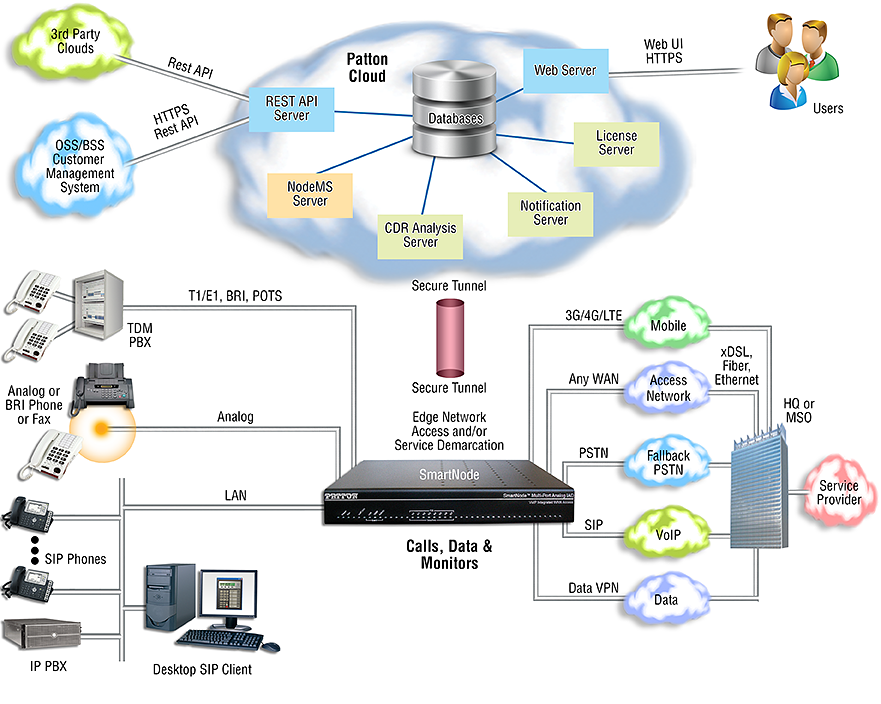The Details
BroadSoft-based SIP Trunking deployments can represent a significant revenue stream for carriers and service providers; it also comes with a magnitude of challenges. Large, high-velocity migrations of subscribers from legacy trunks to SIP Trunks requires good planning, careful partnering and significant cross functional effort, which many providers do not get right the first time.
Service turn-up needs to be easy and efficient with both low CAPEX and OPEX. Service quality, security, reliability, manageability, maintainability and interoperability all need to be ensured.
Interoperability involves edge integration with the subscriber on-premise systems and devices including SIP devices as well as Analog, T1/E1 or ISDN. In many cases, providers need to enable customers to migrate their legacy infrastructure at a controlled pace while ensuring seamless connectivity with extensive SIP and TDM interoperability. Some providers prefer direct trunk replacement directly presenting Analog or ISDN trunks interfaces to SIP Trunk subscribers.
Service Providers need way to efficiently launch, manage and maintain services while limiting investments in infrastructure, manpower and training. They need to be regimented in the services offered to customers, while maintaining a high level of commonality and re-use of network elements including CPE devices.
SIP Trunk service planning need to anticipate migrating subscribers to Hosted services and ability to deliver future value-added services without network re-builds when, for example, IoT service demands are presented.
Patton's SmartNode products, together with the Patton-Cloud deliver powerful, easy and efficient solutions to all of these challenges. Cloud-Powered SmartNodes enable automated-provisioning for touchless service turn-up. They ensure quality, security, reliability, manageability and maintainability through Cloud tool sets. The Patton Cloud allows providers to easily manage, monitor, secure, alert, troubleshoot, analyze and optimize Services. License services ensure interoperability with changes in the subscriber network and devices.


